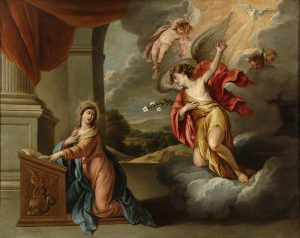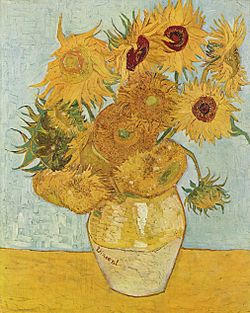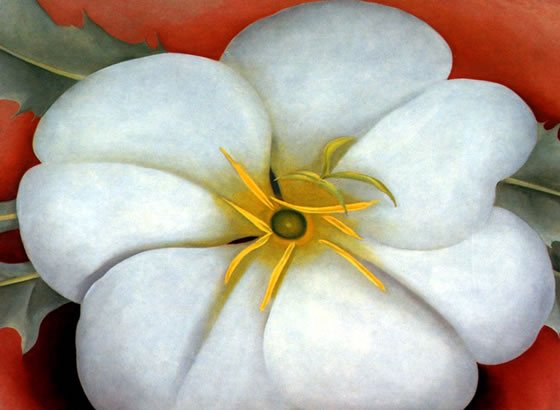Art, flowers and symbolism
Since ancient times, art has used symbolism to express an infinity of concepts and feelings hidden under the physical appearance of everything and everything around us. In this sense, the symbolic charge of the floral world will acquire a special relevance in art, being the object of the deepest moral, religious, political and social reflections. Her own nature, beautiful, fleeting, delicate and joyful, captivated the gaze of countless artists who, whatever their time and style, found in them the metaphorical image with which to convey messages of a very diverse nature. The richness of its meaning will evolve and oscillate over time depending on the historical context, but also on the intention of the artist himself.
In fact already in ancient civilizations we find the first manifestations of its symbolic character . In Egypt the lotus flower, represented the Sun and was therefore considered symbol of light and life . The importance it reached is reflected in the multiple objects found in the tomb of the pharaoh Tutankhamun in which this flower appears, which, at that time, became a true amulet.


With the arrival of Christianity, flowers occupied a privileged place as symbols of a spiritual truth. The meaning of many of them was transformed to express the dogmas and beliefs of the new religion whose importance will become especially evident in the iconography of Marian themes and the Passion of Christ. In this way, the carnation associated up to now with the eroticism and fertility of the goddess Hera, will become a symbol of the nails of Christ but also of the divine love of the Virgin Mary for the Child. Likewise, during the Renaissance the representation of the Archangel Gabriel was very common offering a lily to the Virgin Mary, as a symbol par excellence of her purity, chastity and devotion. On the other hand, and due to the 3 petals that form it, the lily will also be associated with the dogma of the Holy Trinity. Another of the flowers most linked to Christianity and therefore to religious art will be the rose, a flower that accompanied Mary from the earliest times of the Church as an expression of her purity, suffering and glory. Along with the lily and the roses, the columbines will have a special significance within Christian iconography whose dove shape will be associated with the presence of the Holy Spirit.
On the other hand, flowers were also a recurring element when indicating the virtues or values of the person portrayed as well as his lineage. The woman was often depicted with the thistle or carnation flower as a symbol of conjugal love and fidelity. On the other hand, the male figure appeared accompanied by the purple lily, the violet, the vinca or the chamomile, all of them associated with the virtues of the good Christian knight.
So far we have seen how flowers are represented in art imbued mostly with religious connotations. However, this trend will begin to change with the irruption of still lifes in the dutch painting of the seventeenth century, now when its representation will emancipate itself from Christianity, to express more “earthly” concerns and emotions. These still lifes, described with the meticulousness and attention to detail that characterized the art of the Netherlands, often contain a message. linked to human fragility and the transience of life. The introduction of withered flowers became a symbol of death that until then had been represented through skulls and hourglasses. Conversely, fresh flowers were an emblem of power and the continual resurgence of nature.
One more of the infinite hidden meanings behind flowers is related to the idea of power, dominance and social position In this sense, the arrival of species such as tulips or daffodils that from the old Ottoman Empire had a very high cost due to their exoticism was of vital importance. For this reason, monarchs and noble characters were very often represented alongside these precious and distinguished flowers.
With the arrival of realism and impressionism, the meaning of the flowers becomes more personal, being the fruit of the emotions and experiences of the artist. We just have to think about Monet’s water lilies, Van Gogh’s Sunflowers or Matisse’s bouquets to realize that now, the flowers will be the vehicle through which to project the most subjective impressions.
From the hand of artists as prominent as Andy Warhol or Georgia O’keeffe, contemporary art continued to find a perpetual source of inspiration in the floral world that has remained intact to this day.









